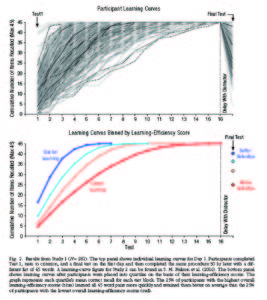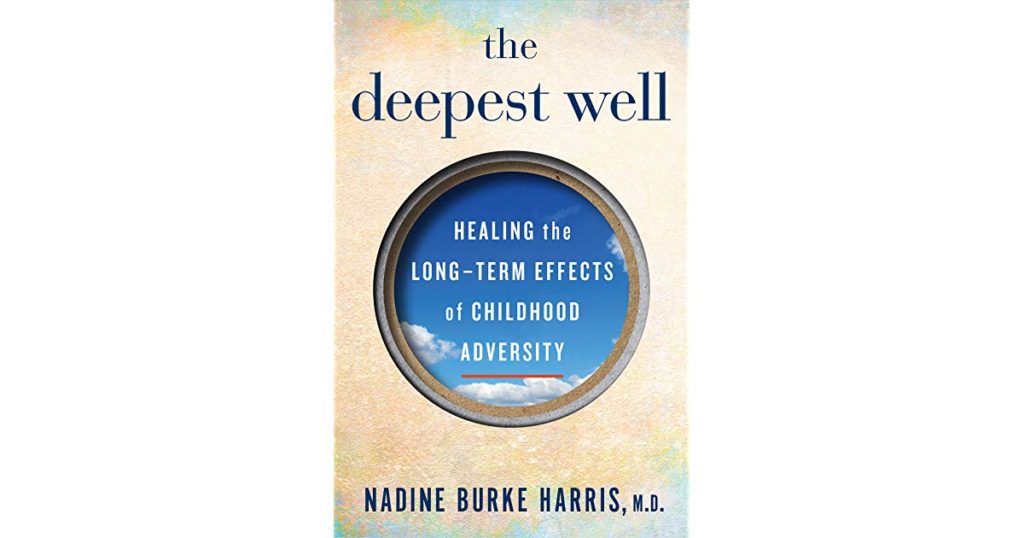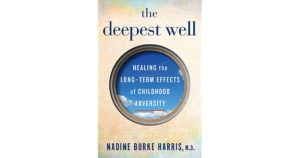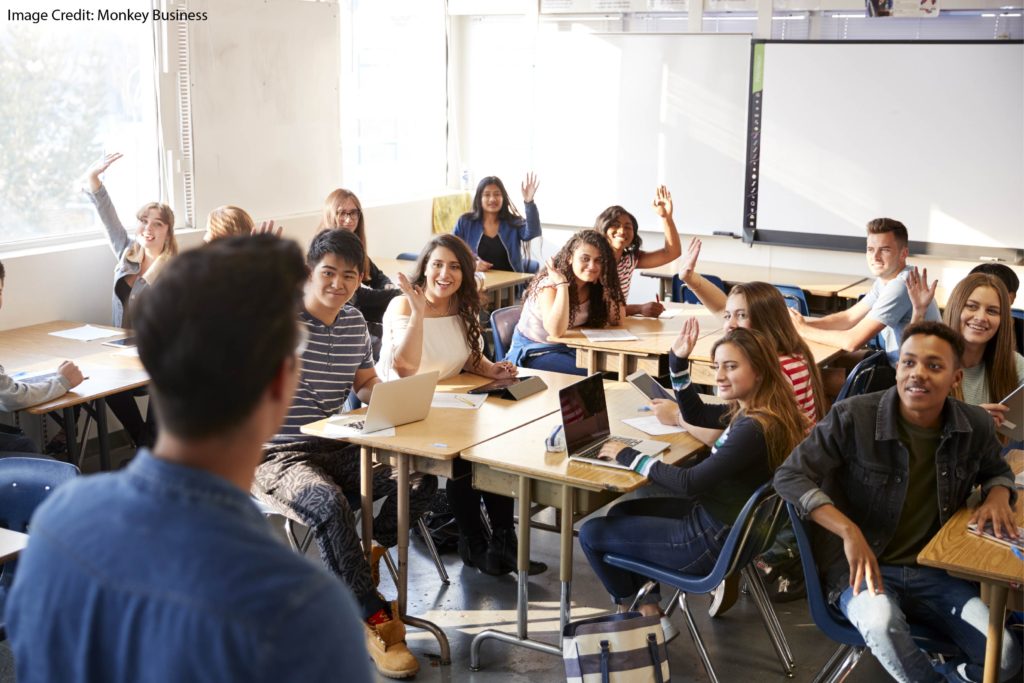Teachers work one classroom at a time.
If I learn how to teach better, I can help this group of students right here in front of me for as long as they’re here.
My devotion to Learning and the Brain conferences began when I saw how much better I taught when psychology research informed my teaching.
But what if we have bigger aspirations? What if we’d like to help whole grades of students? What if we’d like to help the entire school?
Scaling It Up
One idea has become increasingly popular in recent years: the “research lead.”
In this model, one teacher (or, perhaps, a group) becomes an expert in the magic of teaching+research.
That teacher, the research lead, then works with colleagues and administrators to shape practice and policy.
The research lead can coach other teachers. Inform discussions about school start times. Participate in hiring committees. Shape in-school professional development.
In general, this person spreads the good research word.
This model has several potential strengths. Primarily, it builds a research perspective into the structure of the school, rather than having it be an occasional add-on.
I know of several schools in the US that are adopting this model. The question is: does it work?
“No.” Or, Better Said, “Not Yet.”
The Educational Endowment Fund (EEF) in Great Britain wanted to know the answer to that question, so they commissioned a substantial study.
40 schools added research leads, and the EEF compared their students’ progress to students at schools that didn’t have research leads. They measured national exam results one and two years later.
The effect: basically nothing. There were differences, but they weren’t statistically significant.
This research isn’t encouraging, but I don’t think it’s as discouraging as it seems at first. Here’s why…
I worked as an academic administrator for several years, and I know from hard experience that change takes time.
Remember: the “research lead” model works–if it works–by coaxing. One colleague encourages another. She sits on a committee and adds an opinion to the mix. He steers people in one direction over another.
How long will it take for that coaxing to influence learning? Especially “learning” as measured by a standardized national test? I’m thinking the answer is: longer than two years.
After all: the teachers at these schools who wanted to follow research-based teaching suggestions may well have been doing so already. The research lead has to work with the less-than-all-in colleagues. And if you work in a school, you know that such work doesn’t produce immediate results.
My Suggestions
First: set reasonable expectations. I don’t know what the right amount of time is. But 1 or 2 years is too little.
Second: the model will probably have more success if the research leads have more power. Colleagues can coax colleagues, but leaders can do more than coax. (I know of at least one school where the head said: “if you’re going to work at this school, you’re going to base your teaching on research. If you don’t want to do that, we’ll help you find another job.” Now, THAT lead to change.)
Third: the model will certainly be more effective if the leads stay in their roles a long time. In the EEF study, fully 40% of them stopped after one year. That turnover both highlights and compounds the difficulty of the position.
Of course, I don’t know that the “research lead” model will work. And, I certainly hope that research-based teaching becomes a broad interest: not one narrowly limited to a few people in a school.
Until that happens, I certainly think the research lead model deserves a longer test-drive.
If you’d like to learn more about research leads, and this EEF study, check out this article at Blog on Learning & Development.























